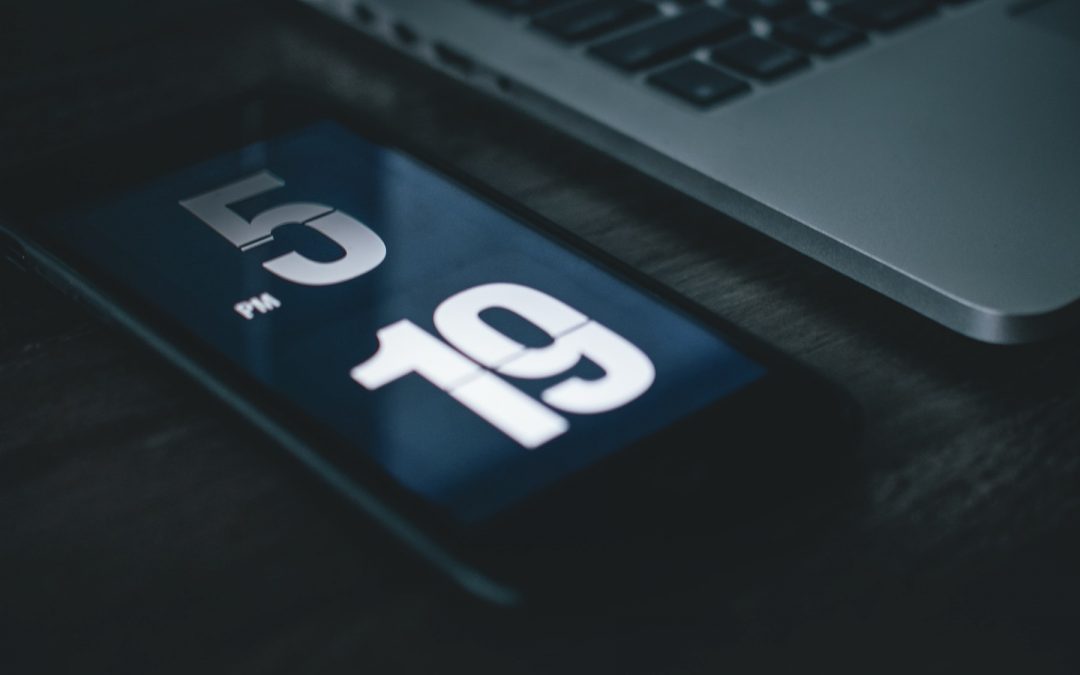Email Marketing Tip – Timing your Email Campaigns
We’ve all heard the saying that ‘timing is everything’ and while getting the timing of your email campaigns dialed in may not be ‘everything’ it certainly has a huge impact on the performance and overall effectiveness of your emails. But, what goes into deciding the best timing for your email sends? There are quite a few factors to consider, but here are a few things to keep in mind when scheduling your email campaigns.
Timing for your Recipients
Remember that when you think about timing, it involves both timing related to the marketing message itself, as well as your recipients. When it comes to your recipients, you want to consider a few key details around timing. First off, what day/time is it for your recipients when your email is delivered? Chances are, you want to have your message arrive at a time when recipients are most likely to engage with their email inboxes and potentially open and respond to your email. For many types of campaigns, this means you may want to focus on daytime hours, during the standard work week. However, there are plenty of reasons you might want to have your email arrive during the evening or on the weekend. Whatever, the instance, you first need to understand if your recipients live in multiple time zones and if you have an international audience, this gets even more challenging as there are more time zones and even a date line to consider.
The key is to have a good handle on the best day/time of day for optimized performance. Then, look for ways to ensure your email is delivered at the appropriate time for each recipient. Many email platforms allow you to set email send times based on the recipient’s time zone when it can be identified. This makes it much easier to set up and schedule your campaigns based on your own time zone, but have them delivered at the right time for each recipient.
Timing for your Marketing Message
Another key aspect of timing may relate to your message itself. Is your offer time-sensitive? Does it have a beginning and end date? Is your message part of a sequence, where each message is designed to follow a prior campaign based on a particular delay? There are a wide variety of reasons why timing may play a vital role in the content of your email campaigns. So, this element of timing needs to be layered on top of the recipient-focused timing mentioned above.
So, when is the right time to send?
That’s the million-dollar question. Like most answers in marketing, it depends. Leveraging all the information based on timing for your recipients and your offer, the real key to deciding on when to schedule your campaigns should be based on testing and actual performance data. Over time, if you test different delivery times for your recipients, you can identify key day/time trends to show you when, on average, your recipients are most responsive. Take that into consideration, along with looking at how your different offers perform when delivered at different times and you will build up a solid historical basis for future campaign timing.
All that said, remember that outside factors can have unforeseen impacts on campaign performance, including upending your historical data. For example, when a huge percentage of people suddenly switch from working in an office to working from home, the way they engage with promotional email campaigns may change significantly.

